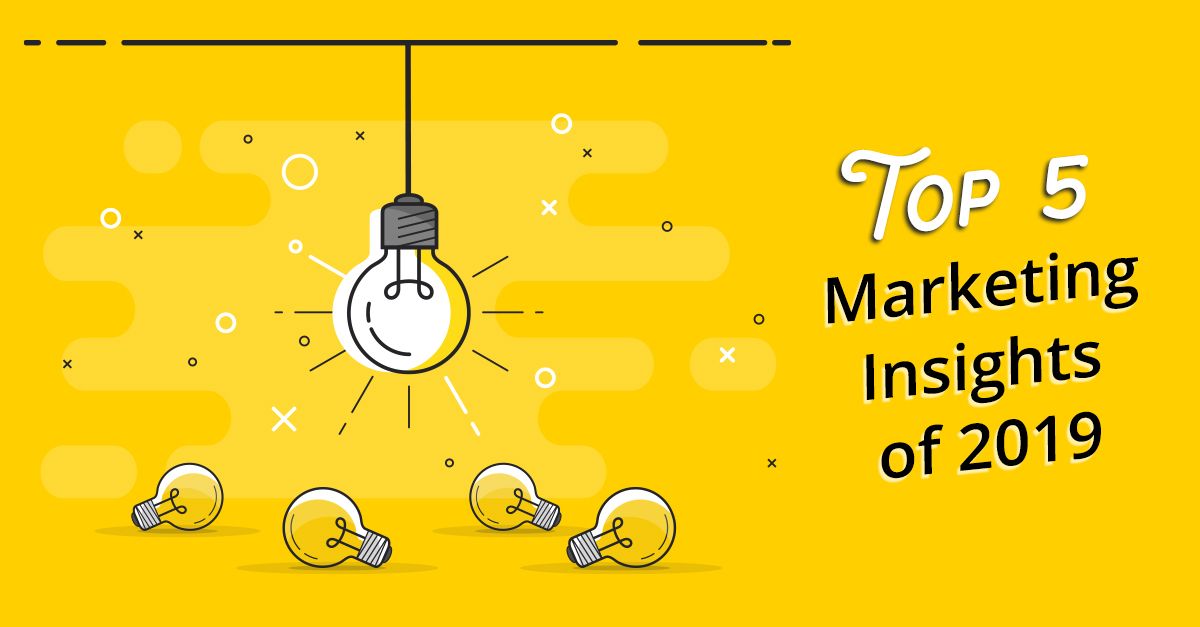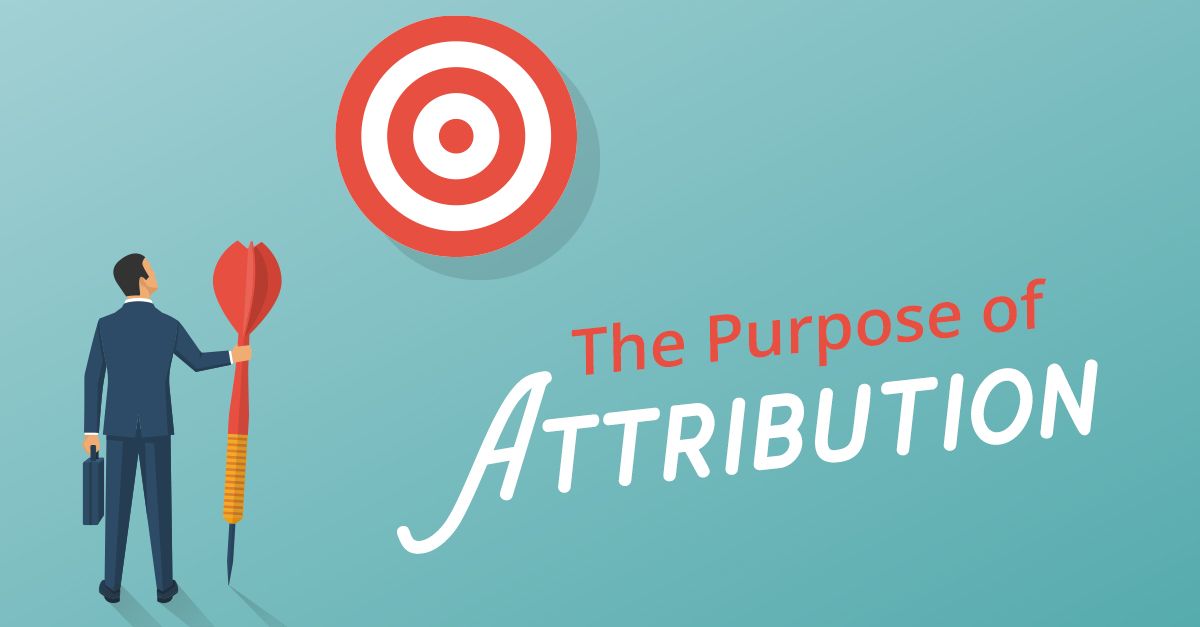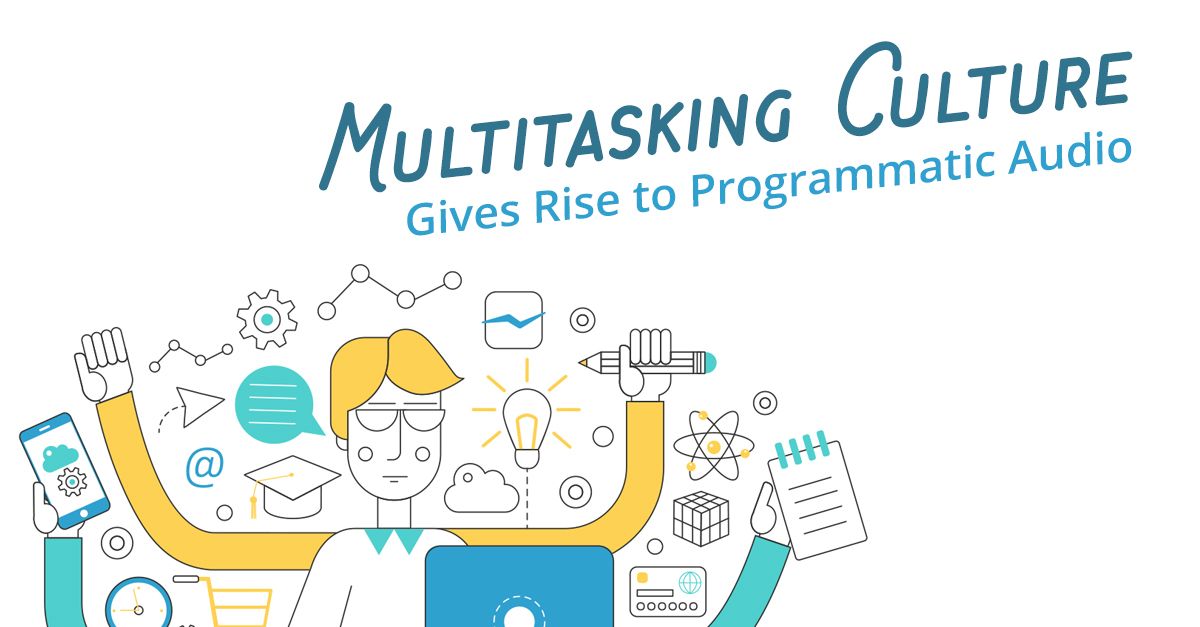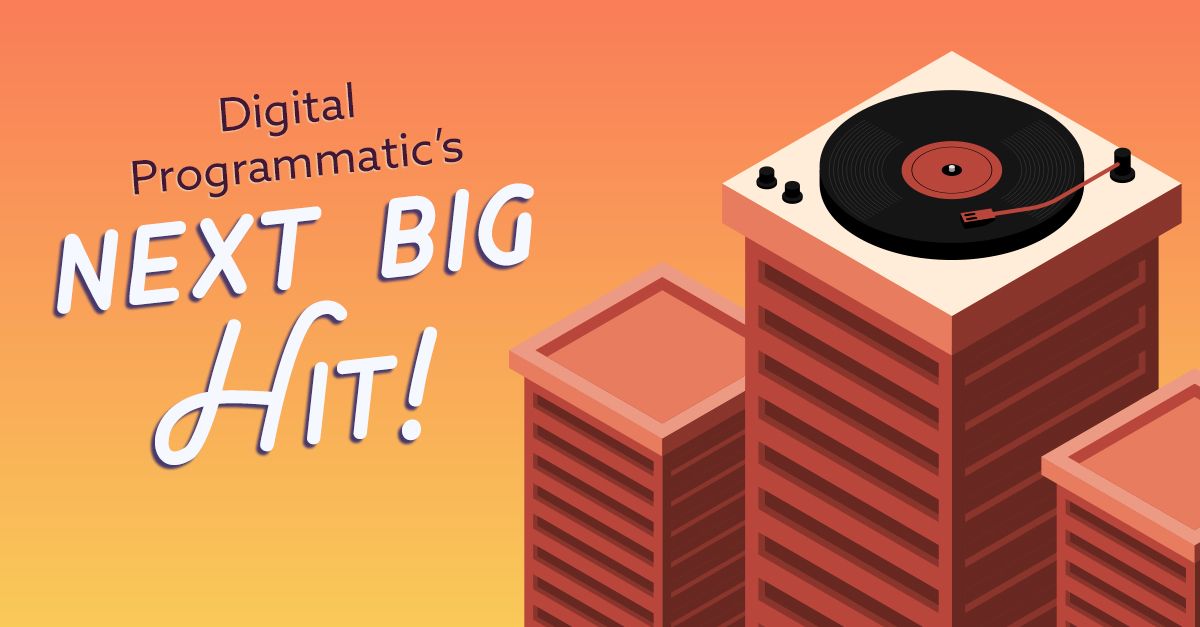
The most important component of today’s programmatic advertising is finding an audience that wants to hear what our clients have to say … or sell … or provide. The old “Spray and Pray” methods of marketing are gone. They’ve been replaced by precision tools that can target virtually ANY genre or special interest group.
But when you consider this rather recent programmatic turn of events and the effect it has had on the entire marketing industry, it’s easier to comprehend the vastness of its effectiveness in other fields. As an example, let’s take a look at the music industry.

The music industry has always been a highly competitive field, and there’s always pressure on the production companies to come up with the next big hit. They all want to strike gold by finding that special song that most everyone loves to listen to. That’s when consumers start spending their money on albums, concerts, merchandise and other items designed to bring in revenue. But what does it take to spell success?
In the marketing industry, just having a good product is no guarantee that it’s going to be a success unless it’s properly marketed. Similarly, a song may be the most profound, or greatest song of all time, but without proper marketing, it will go nowhere. To achieve that proper marketing, it takes data – loads of it. In other words, it takes much more than someone with raw talent and a catchy tune to become a hit. For this reason, the music industry is turning to data science to help them figure out which songs will appeal to the larger audience.
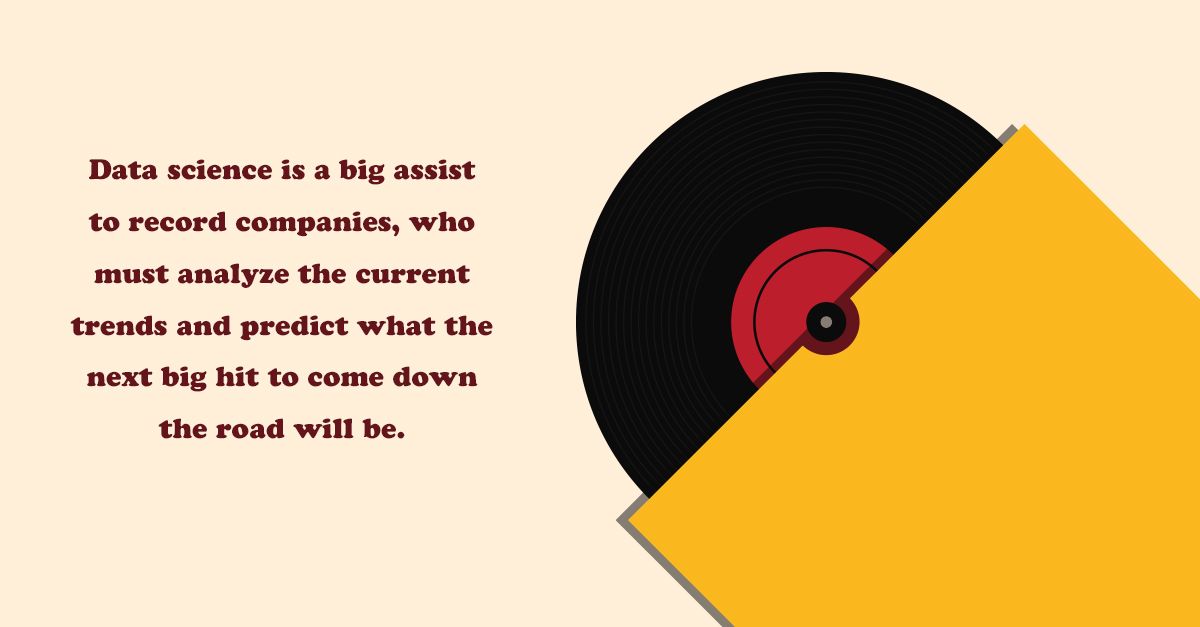
Data science is a big assist to record companies, who must analyze the current trends and predict what the next big hit to come down the road will be. There are companies like Spotify, who release regular trends that are based on the type of music that is listened to by their users. This data allows them to see the direction in which the trends are moving, and what might appeal to large crowds. If the data points towards one particular genre such as dance music, for example, then they will strongly encourage their artists to lean in the direction of dance music.
The ad industry and the music industry have several commonalities when it comes to receiving and analyzing raw data. Genius Monkey has never been a proponent of automating to the point that the human element is lost. The “Set it and forget it” way of doing business will never overshadow the importance of the human element, so far as we’re concerned.
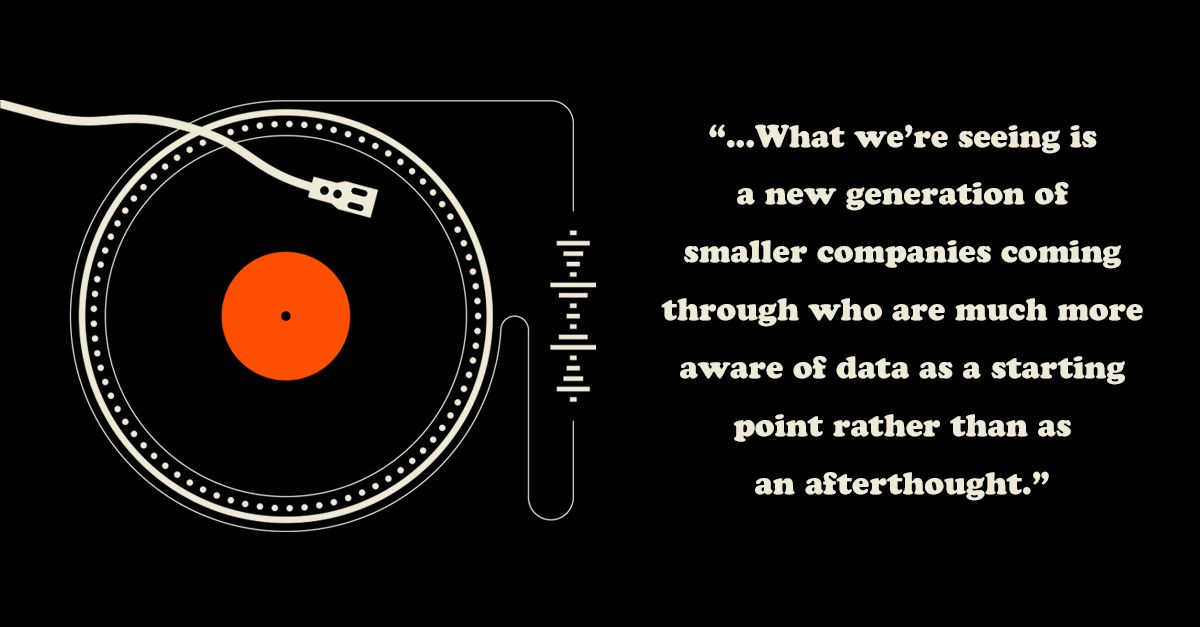
When referring to the importance of this “human element,” Martin Talbot, chief executive of the Official Charts Company, said, “You can have as much data as you like, but unless you’ve got people who can read the data and interpret it in the right way, it is completely meaningless and it gives you no power whatsoever … What we’re seeing is a new generation of smaller companies coming through who are much more aware of data as a starting point rather than as an afterthought.”
At Genius Monkey, we collect a great deal of data, too. When combined with our conversion tracking and full attribution technology, this data becomes virtually priceless, as we escort our prospective consumers down the highway to conversion land.
Simply put, with our Genius Monkey measurement and validation, we don’t have to wonder what the next big hit will be … we can see it coming from a mile away.


